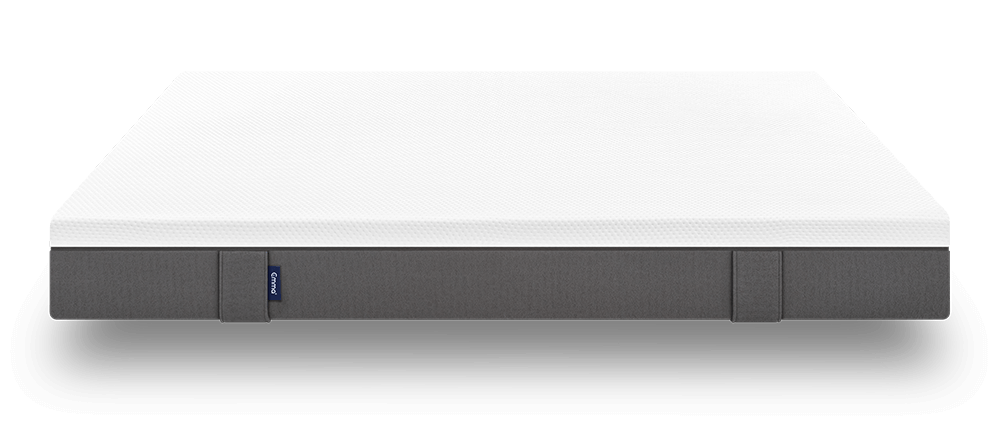Cotton
Everyone knows cotton, but what is behind the fabric that makes up a large part of our clothing? Although it is thought that cotton grows on trees, it is actually planted as a mallow plant in huge fields in the tropics and subtropics. It takes about 6-7 months for the plant to grow and carry flowers. There are about 51 different types of cotton. The flowers are always yellowish in color and continue to develop into cotton. When it is ripe, it is soft and puffy. This is the cotton fiber. These fibers are very tough and therefore difficult to separate from the seed. While in the past the picking of the cotton fibers was done by hand, now it is usually harvested by machines. These machines are called cotton harvesters and collect the cotton as large bales, similar to local hay bales. This means that the machine-harvested cotton is not quite as pure as those picked by hand and also not as long. If you harvest by hand it can take up to 100 days to pick the amount a machine harvester could. A distinction is made between two types of picking: one way is to twist it out of the bulb and the other is to simply rip it out.
The harvested cotton fiber is then presorted according to the condition and then cleaned. In order to become the cotton fabric we know, the fibers are knotted and pressed together by special machines called “carding machines”. The resulting tape can then be spun into yarn and further processed by looms. Well-known cotton fabrics are cord, jersey, velvet and denim.
What makes cotton stand out?
Cotton has many positive qualities and is therefore used as a fabric. One of these characteristics is longevity. As cotton is tear-resistant even when wet and it can be washed easily. Moreover, it is very absorbent: only it is saturated with moisture (above 65%) does it begin to drip. And at less than 20%, you cannot feel the moisture. In addition, cotton is considered particularly skin-friendly and has a low allergy potential. Therefore, it is especially suitable as a bedding material.
The Emma Original Mattress
The Emma Original Mattress is not made of cotton, but has almost the same characteristics and benefits as cotton fabric:
- The eco-friendly top foam, the first layer, is extremely skin-friendly and allows continuous air and moisture regulation thanks to its open celled structure
- Pressure-relieving, zoning foam: ensures optimum pressure relief and molds to the shape of your body
- Supportive point-elastic foam also regulates all the heat within the mattress
- The removable and washable cover that consists of special climate fiber that regulates humidity. Made of 98% polyester and 2% elastane.
Sleep Better.
Try it Now!

